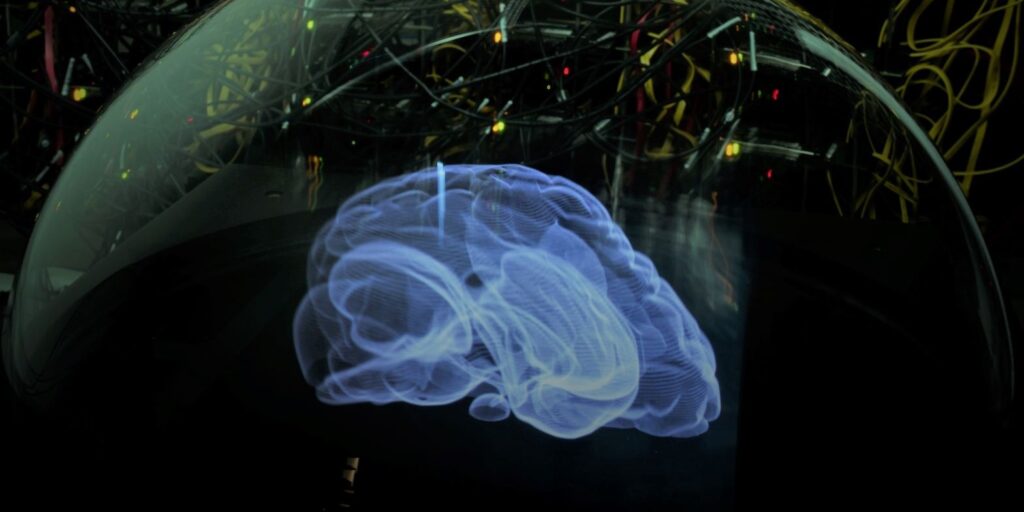
©Chair of Integrated Digital Systems and Circuit Design
A new type of framework called “neuroAIˣ” has been developed by the group of RWTH professor Tobias Gemmeke. This framework is highly flexible and makes it possible to better understand and model the brain and its information processing.
The brain is one of the most fascinating and complex organs, raising many questions. How does it work? How does our consciousness and behaviour emerge from the activity of billions of neurons? How can we learn from the brain to build more powerful and efficient computers?
To answer these questions, neuroscientists are studying the structure and function of microcircuits in the brain, which consist of groups of neurons. These microcircuits are responsible for processing information in different regions of the brain. By analysing how neurons in these circuits work together, they can develop models that explain how the brain processes information and how behaviour results. To test and improve these models, computer simulations of artificial neural networks are essential.
The “neuroAIˣ” framework provides a platform to perform such computer simulations. It is highly flexible and allows different types of neural networks to be created, trained and analysed. Both biologically plausible and artificial neural networks can be considered. The framework is also scalable and can be used on different hardware platforms, from conventional CPUs to specialised chips for brain-inspired computing.

neuroAIˣ FPGA cluster is ten time faster and ten time more energy efficient than today’s best neuroscience simulators at running of biological neural networks. ©Chair of Intrinsic Digital Systems and Circuit Design
The framework consists of two components: a software tool that can rapidly evaluate neuromorphic architectures and a hardware cluster composed of 35 FPGA (Field-Programmable Gate Array) cards. The hardware cluster has two functions: It can be used as a test platform to calibrate the software tool and test the proposed architectures for efficiency. It can also act as a neuroscience simulator, beating the best existing platforms by a factor of ten in terms of speed and energy efficiency.
“We are pleasantly surprised by the high speed-up and energy efficiency achieved by our system, as the focus of our work was on the flexibility and reproducibility of the simulator system,” explains Kevin Kauth, PhD student in Tobias Gemmeke’s group and one of the main developers of the project.
A possible future vision of Gemmeke and his team is to build a high-capacity FPGA cluster and develop a web platform that will allow neuroscientists and AI experts from all over the world to use the cluster via the cloud.
You can find more information about this exciting project at neuroaix.de.
A detailed description of the neuroAIx framework has been reported in the open-access journal Frontiers in Computational Neuroscience.




Leave a Reply